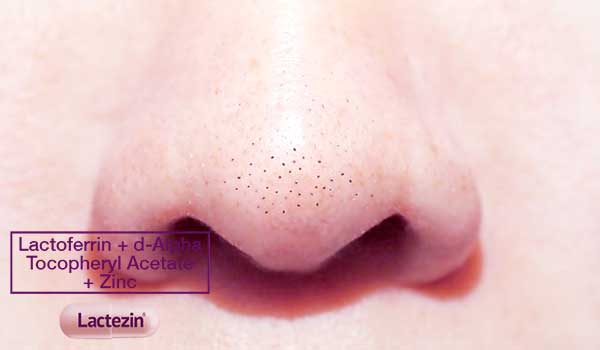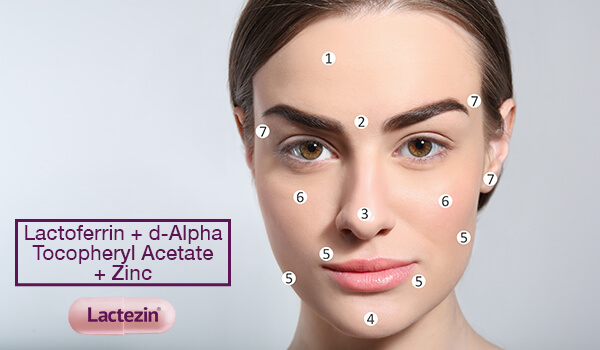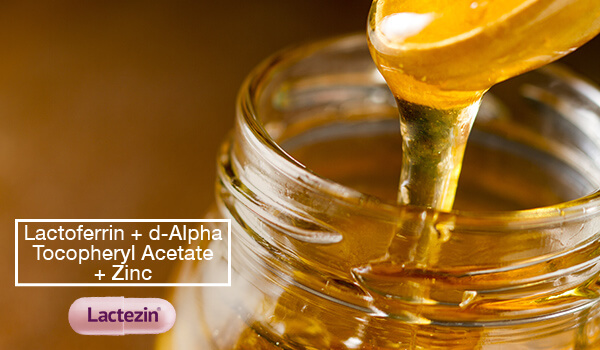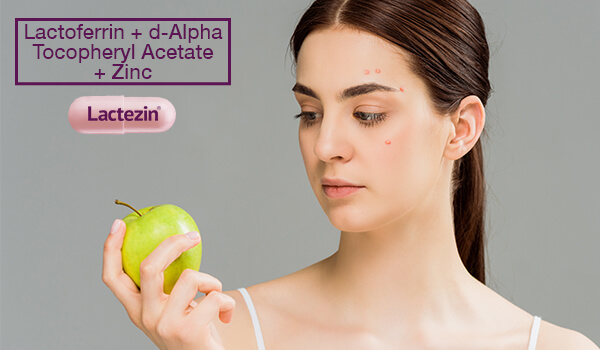Sebaceous Filaments or Blackheads on Nose

Blackheads on your nose, cheeks and chin? There’s a good chance that they might be something else. Sebaceous filaments have always been mistaken as blackheads. Read on for a feature on what these are, and how they differ from blackheads, along with suggestions on how to treat blackheads on the nose and other parts of the face.
What Sebaceous Filaments Are and Are Not
Sebaceous what? Don’t let the term intimidate you. Sebaceous filaments are normal hair-like structures found within the lining of the pores of the skin. Made of triglycerides, wax esters and squalene, these filaments play a role in keeping the skin moisturized as they guide sebum from the sebaceous glands into the lining of the pore.
Everyone has sebaceous filaments, and normally, these natural components of the skin are not visible. But they become a problem if you’re one with oily skin or your pores are large and prone to becoming clogged.
Sebaceous Filaments vs. Blackheads
Sebaceous filaments and blackheads can look very similar. They appear on the same areas of the face too, specifically on the T-zone where there’s a high concentration of sebaceous glands. Although they look the same, sebaceous filaments and blackheads are not one and the same. Consider these key differences.
Structure
As previously mentioned, a sebaceous filament is a thin structure that lines the inside of a pore. On the other hand, a blackhead is a plug made of dirt, debris and hardened sebum that fills and blocks a pore.
Appearance (color)
Although they generally appear as small dark dots on the areas of the face, there are noticeable differences in their color. Sebaceous filaments are lighter than blackheads, appearing yellow, gray or clear. Blackheads appear darker due to oxidation, thanks to contact with air.
Extraction (filling)
Extracting or squeezing sebaceous filaments and blackheads produces different results, as well. A sebaceous filament may come out as a white or yellow worm-like structure while a blackhead is the same white or yellow sebum but with a dark plug at the top of it.
Perhaps the biggest key difference between sebaceous filaments and blackheads is the fact that one is part of the skin’s anatomy, while the other is recognized as a type of acne.
Preventing the Appearance of Sebaceous Filaments
Like with blackheads, keeping the pores clear and controlling sebum are key to managing sebaceous filaments. Start with practicing good skincare habits:
- Avoid touching your face.
- Always wear sunscreen. Look for a product with the right SPF, and with a formulation that does not clog pores.
- Wipe off the day’s makeup with a gentle makeup remover.
- Wash the face regularly, in the morning, evening, and after exercise.
- Say no to hot water, especially when washing your face. Go with lukewarm water instead.
- Avoid scrubbing, which will irritate the skin and can make it look worse. If you have to, exfoliate only a few times a week.
- Use products that are gentle and non-drying. Remember that when skin dries up, it tries to moisturize itself by producing more oil.
- Avoid oil- or alcohol-based products. Look for labels such as “oil-free” or “non-comedogenic” as these are less likely to clog pores.
- Keep the skin hydrated by moisturizing daily.
Managing Sebaceous Filaments (and Blackheads)
It’s important to understand that sebaceous filaments are mainstays in your skin. To minimize their appearance, these ingredients and over-the-counter treatments may help:
- An ingredient in many cleansers and creams, beta hydroxy acid or salicylic acid decreases oil production in pores and helps remove dead skin cells on the surface of the skin. Salicylic acid is studied to reduce the size of sebaceous filaments.
- Known for its minimizing effect on pores, benzoyl peroxide helps reduce inflammation while getting rid of bacteria and excess oil.
- Retinoids, a stronger, purer version of vitamin A, have anti-aging and pore-unclogging benefits which can help with reducing the visibility of sebaceous filaments and blackheads.
- Honey is a natural antibiotic with antibacterial and anti-inflammatory properties that can be handy in keeping sebaceous filaments in check and preventing blackheads.
- Commonly used as an essential oil for treating blackheads on the nose, or other acne, tea tree oil has antimicrobial properties and can help manage oil levels in the skin. Be careful with using too much though, as it can leave your skin dry.
- Witch hazel is a non-drying alternative to tea tree oil. It carries plant compounds called tannins that help with limiting the skin’s oil production.
Oral medication can also help in acne and skin concerns such as visible sebaceous filaments and blackheads. With continued use, lactoferrin, vitamin E and zinc in Lactezin helps control oil and lessen the appearance of acne such as pimples in as early as 2 weeks.
Find the right cure and treatment for your skin concerns. Get your acne questions answered with expert pimple care tips and advice, only from Lactezin.
SOURCES:
https://www.medicalnewstoday.com/articles/sebaceous-filaments


